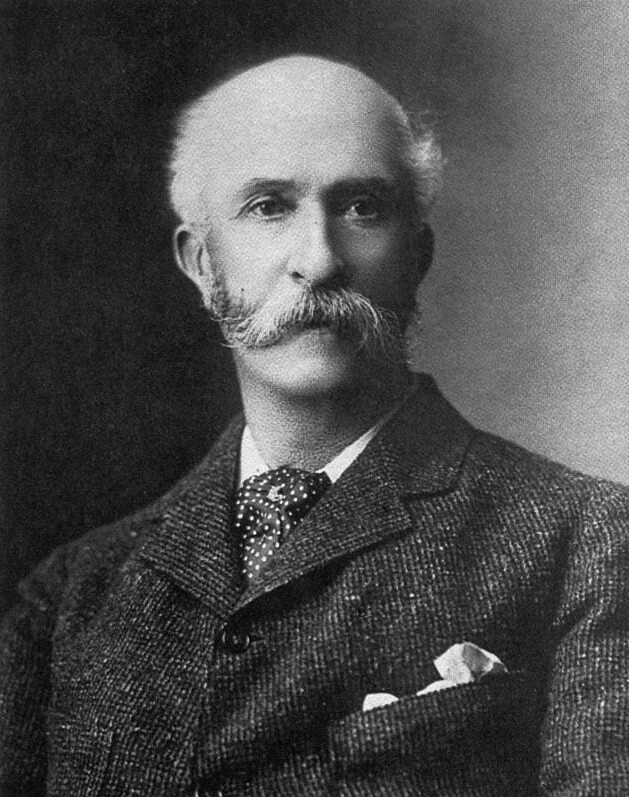Thomas Blake Glover
| Thomas Blake Glover | |
|---|---|
 |
|
| Born |
6 June 1838 Fraserburgh, Aberdeenshire, Scotland |
| Died | 16 December 1911 (aged 73) Tokyo, Japan |
| Occupation | Businessman |
| Spouse(s) | Yamamura Tsuru |
Thomas Blake Glover (6 June 1838 – 16 December 1911) was a Scottish merchant in Bakumatsu and Meiji period Japan.
Thomas Blake Glover was born at 15 Commerce Street, Fraserburgh, Aberdeenshire in north east Scotland on 6 June 1838, the fifth of eight children to Thomas Berry Glover and Mary Findlay. His father was a coastguard officer. Six years later, the family moved to Bridge of Don, near Aberdeen, his father having been promoted to Chief Coastguard Officer. Upon leaving school, Glover entered into employment with the trading company Jardine Matheson. There is speculation that he may have been a Freemason.
What trading houses like Jardine Matheson were looking for were boys of high ambition who showed strength of character useful in negotiation and who were willing to spend years away from their families. In Thomas Blake’s case, the scouts may have been masons: one of the buildings in the Glover Garden complex is a masonic lodge, and there is a close system of business contacts running through his career. Jardine Matheson invited Thomas to interview sometime in early 1857 at the age of 18, and not long after he was posted to China.
The reason for Jardine Matheson’s appointing Thomas Blake Glover are not documented, even in their own records, and may have involved exotic handshakes. We don’t know.
In 1859, Glover crossed from Shanghai to Nagasaki and worked initially buying Japanese green tea. Two years later, he founded his own firm, Glover and Co. (Guraba-Shokai).
His business was based in Nagasaki, and it was here that he had his home constructed, the first Western-style building in Japan.
Anti-western sentiment was rife in Japan in the Bakumatsu period due to the unbalanced treaty agreements imposed upon the Tokugawa Shogunate by the United States and other western powers, which included extraterritorial rights. Nationalistic militants in Satsuma and Chōshū spearheaded anti-government efforts aimed at toppling the Shogunate and restoring the Emperor as sovereign. It was these factions, later to become leaders in the Meiji Restoration government, that Glover supplied with arms and warships.
...
Wikipedia
